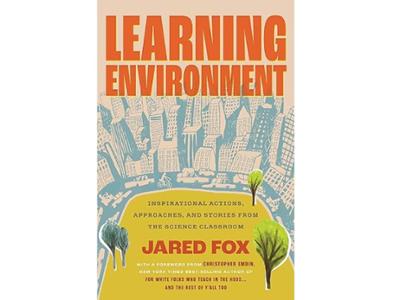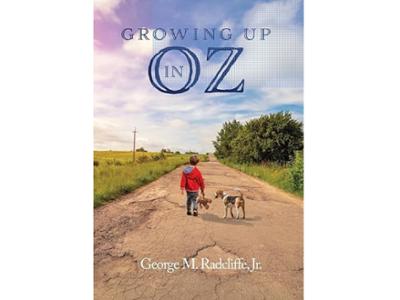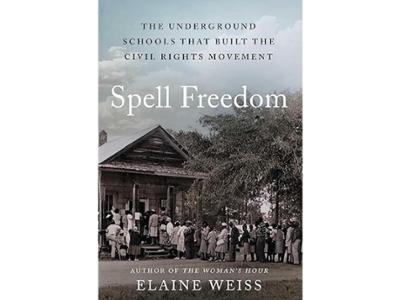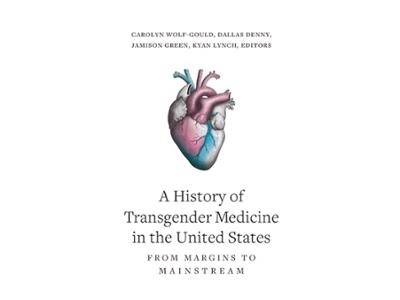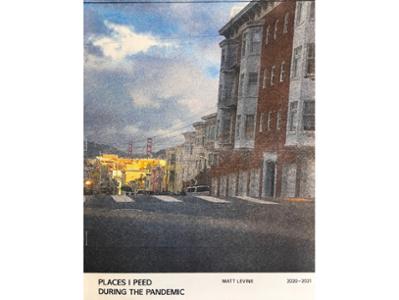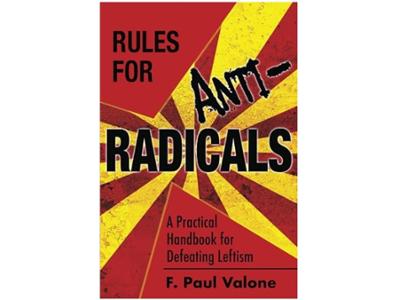Bookshelf
Alumni and faculty members who would like to have their books considered for this listing should contact Stacey Himmelberger, editor of Hamilton magazine. This list, which dates back to 2018, is updated periodically with books appearing alphabetically on the date of entry.
-
(Beacon Press, 2025)
Join a high school science teacher as he leads readers on excursions that go beyond books and lectures to reimagine teaching and learning. “Through a blend of real-life examples and practical commentary, readers will see how Fox created localized learning opportunities for his students out of canoeing on the Bronx River, hiking in the Catskill Mountains, and other unconventional approaches,” the publisher notes.
Topic -
(Bloomsbury, 2025)
It’s the turn of the 20th century, and young Vivian Lesperance has one goal — to get far away from her hometown of Utica, N.Y. Smart, intuitive, and determined, she heads to New York City where she inserts herself into the world of the post-Gilded Age elite. Before long she forms a plan that includes marrying Oscar Schmidt, a middle manager at a soap company, who, like Vivian, carries the residual scars from a less-than-happy childhood. In the mild-mannered Oscar, she finds a partner she can influence to build the life she wants — made easier by the fact that her husband is more interested in men and will leave Vivian to tend to her own romances with women.
Topic -
(Salt Water Media, 2024)
A continuation of Growing Up in Oz, the author shares more humorous, sometimes poignant, coming-of-age stories that illustrate the importance of family. Included in the tales of growing up in Baltimore in the 1950s and 1960s are “being lost in the Big Apple as a young child, the summer bells that sent all children running, spending a night in the House on Haunted Hill, encountering Big Foot at his school, the worst college interview imaginable, buying a complete college wardrobe for $10, his dog that became a movie star, the disappearing Thanksgiving dinner, and the promise that got him through basic training,” according to the publisher.
Topic -
(Atria/One Signal Publishers, 2025)
The author, whose previous work of nonfiction The Woman’s Hour: The Great Fight to Win the Vote earned national accolades, returns with the story of four activists whose audacious plan to restore voting rights to Black Americans laid the groundwork for the Civil Rights Movement.
Topic -
(State University of New York Press, 2025)
According to the publisher, “Arriving at a critical moment in the struggle for transgender rights, A History of Transgender Medicine in the United States takes an empathic approach to an embattled subject. Sweeping in scope and deeply personal in nature, this groundbreaking volume traces the development of transgender medicine across three centuries-centering the voices of transgender individuals, debunking myths about gender-affirming care, and empowering readers to grasp the complexities of this evolving field. More than 40 contributors-including patients, advocates, physicians, psychologists, and scholars-weave an illuminating, sometimes surprising narrative of collaboration and conflict between trans people and the scientists who have studied and worked with them. An indispensable guide to understanding the current tumult surrounding trans health-care access in the United States, the volume underscores a crucial message: gender diversity is not a new phenomenon but an integral part of our shared human history.”
Topic -
(NoSubject Press, 2022)
According to the author, this book is “a time capsule of unemployment during COVID-19. Text messages, journal entries, short essays, and lots of photos of a time when long walks were my solace, an ambulatory saving grace. No longer working two service-industry jobs, time was all my own. But pandemic unemployment didn’t unleash my creativity. Instead, it left me anxious. Neutered. I didn’t write or edit, read, or record. But I walked. Long walks, head down, all over an eerily quiet San Francisco.
Topic -
(Bacchus USA Publications, 2022)
Drawing from the author’s 28 years of grassroots leadership, this book is described as “a comprehensive tactical guide to direct action in economic, political, legal, and non-legislative arenas essential for conservatives to defeat socialism and preserve American culture.
Topic -
(Finishing Line Press, 2024)
This collection of poetry provides a lyrical warning — take better care of the Earth or find ourselves in the extinction category.
Topic -
(Wings ePress, 2024)
The latest work from Dafoe explores Grace Storey’s deep dive into dual mysteries about her great-great-grandfather and a contemporary soldier injured in Iraq. Grace’s search arises both out of empathy and an attempt to come to terms with her own devastating losses.
Topic -
(Routledge, 2025)
According to the publisher, “This comprehensive and cross-cultural study examines three-dimensional structural replicas of the Santa Casa, or Holy House of the Virgin Mary, and related circulating visual and textual media.
Topic
Contact
Stacey Himmelberger
Editor of Hamilton magazine
